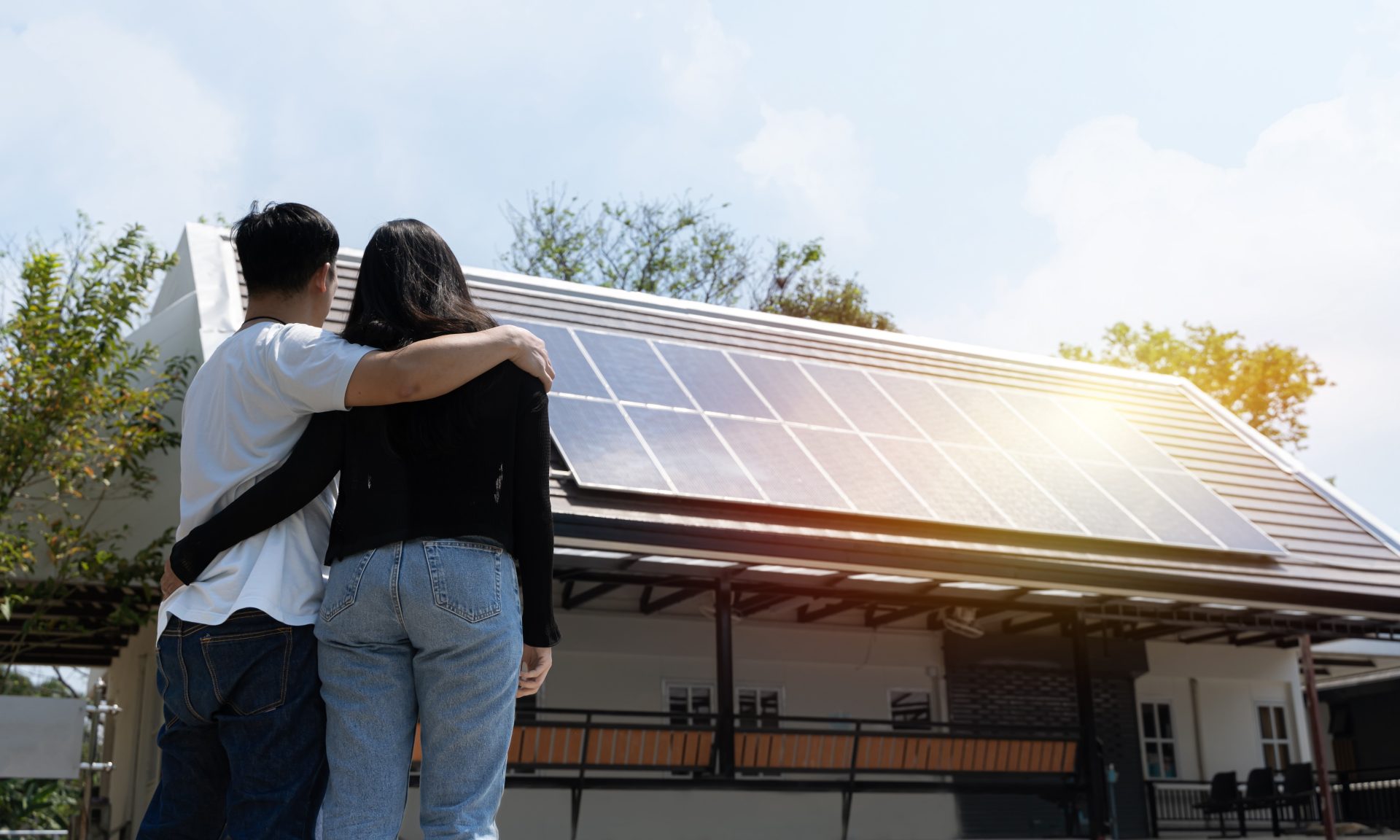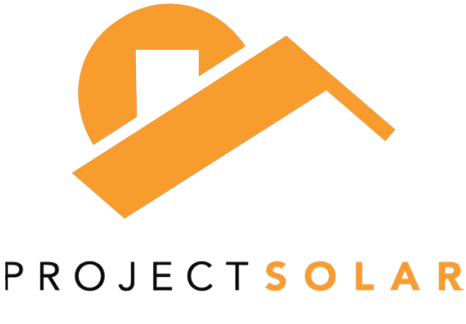Solar Panel Types: What to Know

Some or all of the mortgage lenders featured on our site are advertising partners of NerdWallet, but this does not influence our evaluations, lender star ratings or the order in which lenders are listed on the page. Our opinions are our own. Here is a list of our partners.
How solar panels work
Types of solar panels
Monocrystalline panels: Common and efficient but expensive
Pros
Good fit for limited roof space where you want to pack in as much power generation as you can.
Cons
These panels are often among the more expensive options on the market.
Polycrystalline panels: Less expensive and less efficient
Pros
Helpful in less sunny areas, and less expensive than monocrystalline panels.
Cons
Less efficient than monocrystalline panels (up to 16%, according to Swim)
Thin-film panels: Flexible use but lower efficiency
Pros
Good for RVs or in contexts where you may need to move the panels.
Cons
The thinness of the panels results in lower efficiency in many cases.
Heterojunction panels: All kinds of panels
Pros
Higher efficiency (25% - 27% is the current market average, according to Swim) and smaller footprint for the same wattage.
Cons
High price point for now, though prices may come down if they are adopted at scale.
How to evaluate solar panels
- Monocrystalline panels tend to be more expensive than polycrystalline panels.
- Thin-film panels vary in materials and panel size, so they have a wide spectrum of costs per kWh.
- Be sure to understand the kWh a panel produces relative to its cost; don’t just look at price per panel. If a panel generates more electricity compared to a less efficient panel, it may be cost-effective to pay a bit more for it.
- If you want to generate a lot of wattage with a small footprint, you may need more efficient, more expensive panels to get the electricity you seek.
- Other factors include aesthetics of the panels on the roof, warranty and brand reputation. In some cases, it’s important to know about the actual manufacturer rather than the type of panel to assess these elements.
How to choose the best type of solar panels for you
1. Measure how much space you have and how much power you want.
2. Look at reviews of the specific panel brand, not just the type.
3. Know the costs and value of all components, not just the panels.
4. Understand the warranties involved.
5. Know what replacing panels will look like.
Article sources
- 1. SSA.gov. Retired worker beneficiaries in current payment status at the end of June 2025. Accessed Dec 2, 2025.
- 2. U.S. Energy Information Administration. Solar explained. Accessed May 15, 2025.
- 3. National Institutes of Health. Overview of the Current State of Flexible Solar Panels and Photovoltaic Materials. Accessed May 15, 2025.
- 4. American Solar Energy Society. Thin-Film Solar Panels. Accessed May 15, 2025.
- 5. National Renewable Energy Laboratory. Modeling and design of III-V heterojunction solar cells for enhanced performance. Accessed May 15, 2025.
on Project Solar's website


- $750 OFF install with NerdWallet;
- SolarCare™: top-tier warranty & 25-year production guarantee;
- No sales commissions mean premium equipment & tech at up to half the price.

on Project Solar's website








